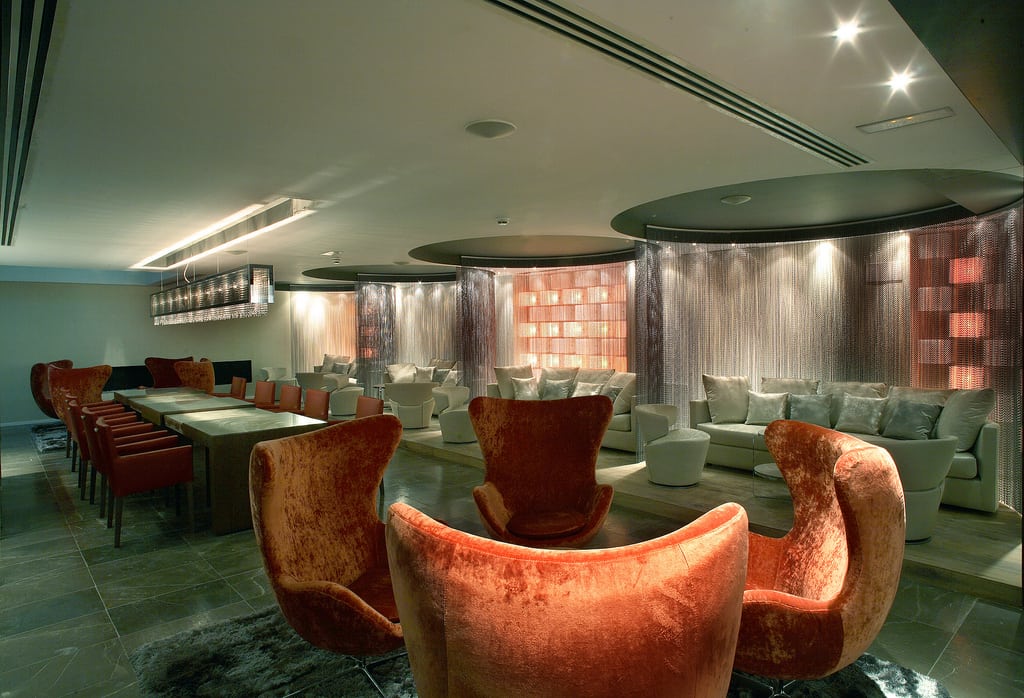Skift Take
Moving towards managing properties rather than owning them is a trend other hotels have followed in recent years, but the challenge for Barcelo will be to how to make its brand shine through elsewhere while it remains behind the scenes at properties it manages.
For hotels wanting to expand across large geographies and still maintain high quality, new construction and ownership isn’t always a viable route.
Barcelo Hotels & Resorts emerged from the global economic crisis with a plan to not dig deeper into its reserves and instead integrate with brands in one of its target markets: the U.S. In recent years, the hotel, based in Palma de Majorca, Spain, spent $420 million on remodeling existing properties, which it hopes to recover by switching its business model from ownership to management.
The hotel has 140 properties globally, including 29 in Latin America and 42 in the U.S. Latin American properties include those in Mexico, the Dominican Republic, Costa Rica, Guatemala, Nicaragua and Ecuador. The remaining properties are scattered throughout Europe in countries such as Spain, Italy and France.
All U.S. properties are under the management model and do not use the Barcelo brand, and instead they are flagged Hyatt, Holiday Inn or Hilton brands, for example.
“For the next five years, we want to recover the money spent on remodeling so we can go back to the old business model, but initially we want to strictly follow this management type of growth,” said Juan Perez, a spokesperson for Barcelo.
Perez says the hotel works to attract U.S. travelers to its Latin American properties as they generate the highest revenue.
A Balancing Act
“Today about 75 to 80% of our hotels are ownership and only 25% mangement, but we want to balance that in the future,” he said.
Latin America will continue to be the center of the hotel’s efforts, though growth continues in Europe.
“The difference between building 700 rooms in Latin America versus Europe is that we only need one hotel to do that in Mexico, say, but you need at least seven hotels to do that anywhere in Europe because of space and price,” Perez said.
One of the biggest obstacles to breaking into the Latin American hotel market is having the resources for marketing across an entire continent, Perez says. Barcelo marketing involves online ad campaigns that it finds reaches more people than TV commercials, which its competitor, Sandals, is heavy on.
Barcelo has roughly 33,000 rooms in Latin America, compared to Sandals’ 4,000, Perez said, adding that online marketing for Barcelo can lead to a larger return on investment than spending big sums on TV.
Perez said the biggest concerns for U.S. travelers to Latin America is fear of language barriers, according to travel agents observe who work with Barcelo.
“Americans are the easiest to please of all our guests, the potential is so amazing for the U.S.,” he said.
Have a confidential tip for Skift? Get in touch
Tags: branding, latin america
Photo credit: The bar and lounge at the Hotel Barceló Oviedo Cervantes in Oviedo, Spain. Arboleya Promoción y Construcción / Flickr
